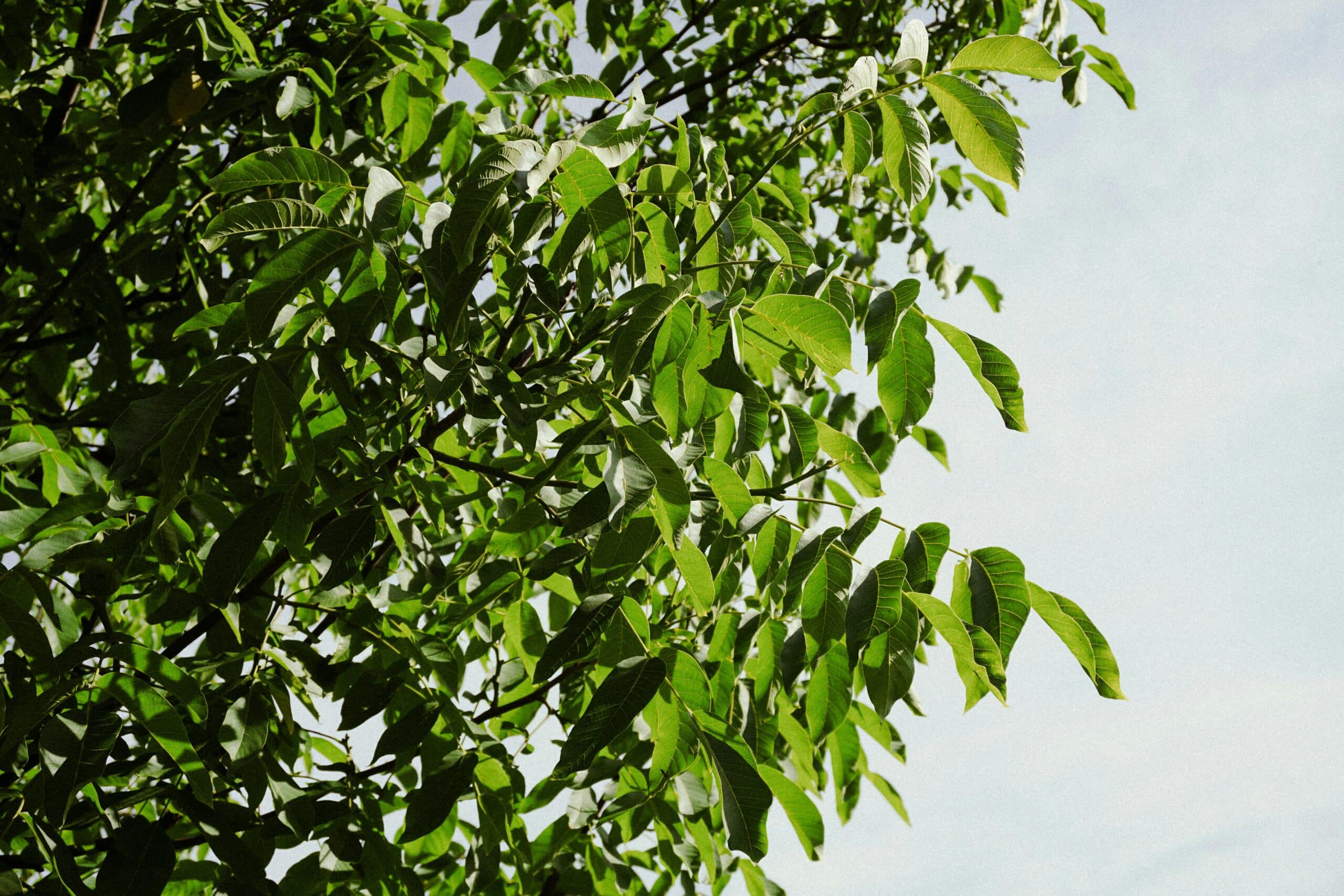Forest regeneration after timber harvesting isn’t just an optional step—it’s a crucial practice that ensures the vitality and productivity of your woodlot. This process is essential for maintaining healthy ecosystems and securing long-term economic benefits. By fostering new growth, you can preserve the environmental balance and enhance the future value of your timber.
Keep reading to explore how strategic forest regeneration not only supports ecosystem health but also provides economic gains, ensuring that your woodlot remains a thriving asset for generations to come.

Understanding Forest Regeneration
Forest regeneration refers to the establishment of young trees, either naturally or through planting, after mature trees are harvested. This essential process replenishes the forest’s resources, supports biodiversity, and maintains ecological stability. Healthy regeneration provides habitats for wildlife, regulates water cycles, and sequesters atmospheric carbon, making it vital for environmental and economic resilience.
For woodlot owners, effective regeneration is key to sustaining timber quality, ensuring productivity, and increasing value over time.
Effective Post-Harvest Practices
Site Assessment and Planning
Every successful regeneration effort starts with a detailed understanding of your woodlot’s post-harvest condition.
Assessment: Evaluate your soil fertility, remaining vegetation, and tree density, and identify species with natural regeneration potential.
Planning: Develop a strategy that’s tailored to your woodlot’s unique conditions, such as its microclimate, soil health, and biodiversity. This approach fosters growth, promotes diversity, and supports long-term forest health.

Promoting Natural Regeneration
Natural regeneration—where trees reseed and sprout on their own—is often the most sustainable and cost-effective approach.
Seed Tree Preservation: Retaining select mature trees during harvest ensures a reliable source of seeds. These “mother trees” also enhance biodiversity, attract wildlife, and sequester carbon.
Ground Preparation: Post-harvest soil can become compacted, hindering new growth. Using low-impact equipment and minimal soil disturbance harvesting techniques, we help to prepare the ground to support healthy regeneration.
Assisted Regeneration Techniques
When natural regeneration isn’t sufficient, introducing assisted methods like planting seedlings can fill gaps and restore balance.
When to Intervene: In areas with invasive species or poor natural regrowth, planting seedlings ensures forest density and ecological health.
Seedling Selection and Care: Choosing resilient varieties that suit your woodlot’s conditions is key. With proper planting techniques and early care, these seedlings will thrive, contributing to a robust forest ecosystem.

Maintaining Soil Health
Healthy soil is the foundation of successful forest regeneration. Post-harvest practices must prioritize soil protection and improvement.
Erosion Control: Techniques like mulching, planting cover crops, or using silt fencing protect against erosion, stabilize soil, and enhance water quality.
Nutrient Management: Adding organic matter or targeted nutrients can replenish soil fertility, creating ideal conditions for young trees to flourish.
Beyond the trees, fostering a diverse range of plant life supports wildlife and improves the overall resilience of your woodlot’s ecosystem.
Monitoring and Long-term Strategies
Sustained success requires regular monitoring and adaptability.
Regular Monitoring: Routine assessments track tree growth, soil health, and overall forest condition. These check-ins help identify and address challenges early, keeping your regeneration plan on track.
Adapting to Change: Environmental conditions evolve, and your strategies should too. Flexible management ensures your woodlot can adapt to fluctuations in weather, pests, or other factors, maintaining its productivity and health.

Sustainable Forest Management with Buskirk Lumber
Regenerating your woodlot after a harvest is more than a single step—it’s an investment in the future of your forest and its surrounding environment. Thoughtful post-harvest practices not only enhance timber quality and ecosystem health but also help preserve the natural beauty of your land for years to come.
As Michigan-based timber buyers with over 100 years in the industry, Buskirk Lumber understands the unique challenges and opportunities of managing forests in our region. We can guide you through the entire process, from site assessment to long-term management. With our local expertise and tailored solutions, your woodlot can continue to flourish, benefiting both you and the planet.
Ready to invest in your forest’s future? Contact Buskirk Lumber today to learn how forest management can help you meet your goals and preserve your woodlot’s legacy.

